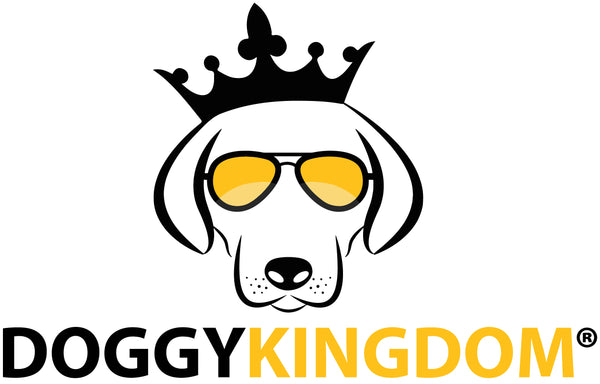Feeding Raw Bones to Dogs - A Chew-some Adventure
Share
Many dog owners consider feeding raw bones to their furry friends a natural and enjoyable way to enhance their pet's diet and dental health. However, before you feed your dog bones, there are important things to consider to ensure your canine companion's safety and well-being.
Choose the Right Bones
Not all bones are created equal. Choose only raw, meaty bones that are appropriate for your dog's size and breed. Avoid weight-bearing bones like large beef or marrow bones, as they can be too hard and pose a risk of tooth fractures. Instead, pick only softer bones like chicken necks, ribs, or wings, which are easier for dogs to chew and digest.
Supervise Your Dog
Feeding raw bones should always be a supervised activity. Watch your dog closely while they enjoy their bone to ensure they are chewing it safely. If the bone starts to splinter or becomes small enough to swallow whole, remove it immediately to prevent choking or digestive problems.
Avoid Cooked Bones
Cooked bones, whether from poultry, pork, or beef, can become brittle and prone to splintering. These sharp splinters can cause serious injuries to your dog's mouth, throat, and digestive tract. Always stick to raw bones to eliminate the risk of splintering and potential harm to your pet.
Maintain Dental Health
Chewing on raw bones can be a natural way to promote dental health in dogs. The gnawing action helps remove plaque and tartar from their teeth, reducing the risk of dental problems. Regular chewing can also strengthen your dog's jaw muscles and alleviate boredom, providing both physical and mental stimulation.
Avoid Bones with Soft Fillings
Some commercial bones come with soft fillings, such as peanut butter or marrow. While these fillings may seem enticing, they can be high in calories and may cause digestive upset, especially if your dog consumes them in large quantities. Stick to plain, meaty bones to keep their diet balanced and avoid unnecessary additives.
Think About Your Dog's Health
Before introducing raw bones into your dog's diet, consult with your veterinarian, especially if your pet has existing health issues or dietary restrictions. Certain conditions, such as pancreatitis or dental problems, might make it unsafe for your dog to chew on bones.
Store Bones Properly
Raw bones should be stored in the freezer to prevent bacterial growth. Thaw them in the refrigerator before giving them to your dog. Avoid leaving bones out at room temperature for extended periods, as this can lead to contamination. Always handle and store bones with the same food safety precautions you would use for your own meals.
Feeding raw bones to your dog is a fun activity for your furry friend. Every dog is different, so watch your pet's reactions to ensure your dog is safe and experiencing no problems during chewing.



